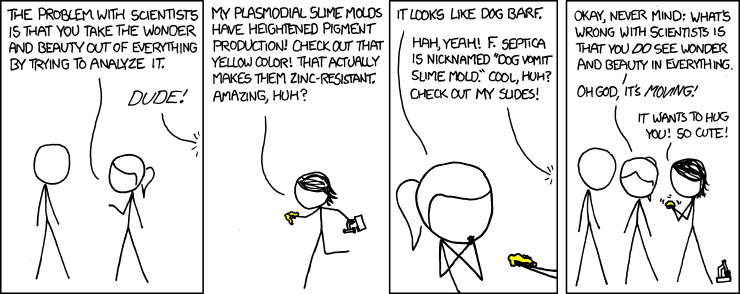
Like many people, I'm an atheist that loves to sing. Throughout my life I've been lucky enough to sing a lot of really gorgeous music with a lot of incredibly talented people. I feel like a really important part of singing is to take the emotions behind a piece of music and try to express them in your voice, which is all very well and good, until you come across something like:
Glória in excélsis Deo
et in terra pax homínibus bonae voluntátis.
...which to me carries about the same amount of meaning as:
Lorem ipsum dolor sit amet,
consectetur adipisicing elit
That is to say, very little. It doesn't help that much of the liturgical music I've come across reads like very strange alternate universe bible fanfiction. Take this line from "Out of your Sleep" by Richard Rodney Bennett:
Blessed be God this game is begun
And his mother the Empress of hell.
I don't remember that from my RE lessons. And since when has Jesus Christ been an apple tree?
I find it helpful to try to a) suspend my disbelief and b) relate religious texts back to emotions that I've felt in everyday life. Anything that rhapsodises about the beauty and wonder of the world around us is an easy pass for me, as a biologist. I just think back to the first time I read The Selfish Gene or The Music of Life, or turned an E. coli colony a funny colour.
Songs that draw on the kind of quiet despair that comes of being in a truly desperate situation, like Elgar's The Shower, or Britten's Rejoice in the Lamb speak to me. Granted, Christopher Smart wrote the text to Rejoice in the Lamb while he was incarcerated inside a mental asylum, and the most wretched situation I've ever been in was the time I managed to get a paper cut on top of another paper cut, but I can summon sufficient emotion to empathise.
Christmas songs are often another easy pass, since so many of them are largely about how nice this new baby is. I get that - babies are great! Carols that describe Mary singing to her newborn son like Along the Little Road to Bethlehem and Bethlehem Down are some of my favourites for the same reason I love the Seal Lullaby: I can imagine them happening over a pram on the bus in the way into Oxford. Lovely.
My main problem has always been with attempting to summon up some enthusiasm for an all-powerful, omnipotent, sometimes vengeful deity. It's not something that I have much of a conception of - and frankly, I'm more likely to find it terrifying than wonderful.
So I thought, and I thought, and nothing came. Then one day, I opened up my hymn book and started singing Praise my Soul, the King of Heaven:
Angels, help us to adore him;
Ye behold him face to face;
Sun and moon, bow down before him,
Dwellers all in time and space:
Alleluia! Alleluia!
Praise with us the God of grace.
Something about that verse struck me. Was it the part about the angels? Was it the reference to time and space? Perhaps I will never know, but into my head at that moment came the perfect metaphor. A character who I could empathise with utterly, who held unknowable power, who was just and kind and loving but also could wipe out entire continents or blow up worlds.

So there we have it: a simple method for faking your way through the vast majority of religious music. Fantastic.
In other news, if you're feeling like a bit of choral Christmas cheer, my very wonderful college choir have released our second CD Advent Calendar which would make an excellent Christmas present, or a very disappointing doorstop.


